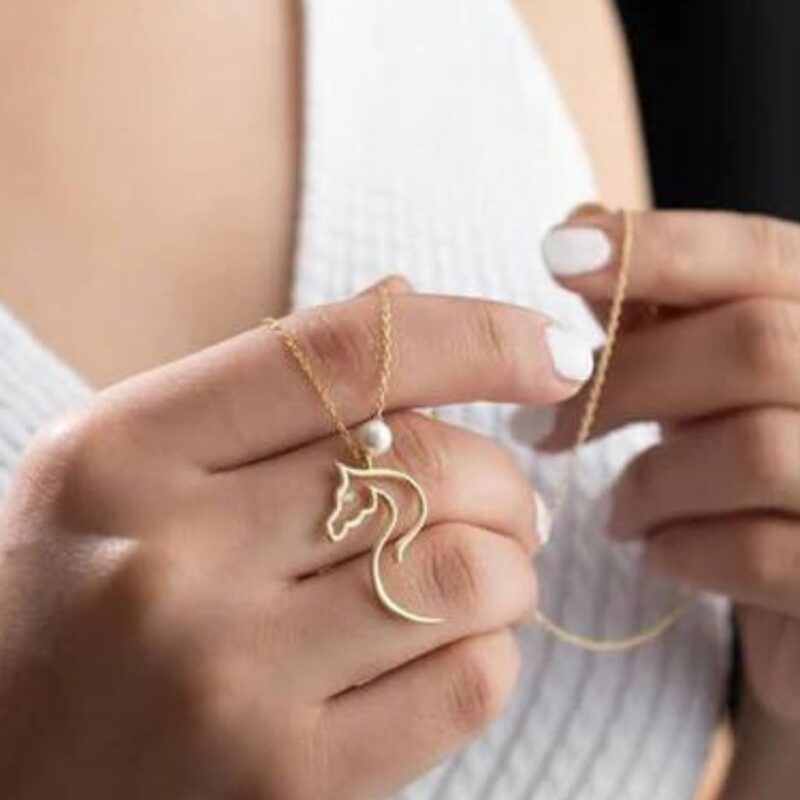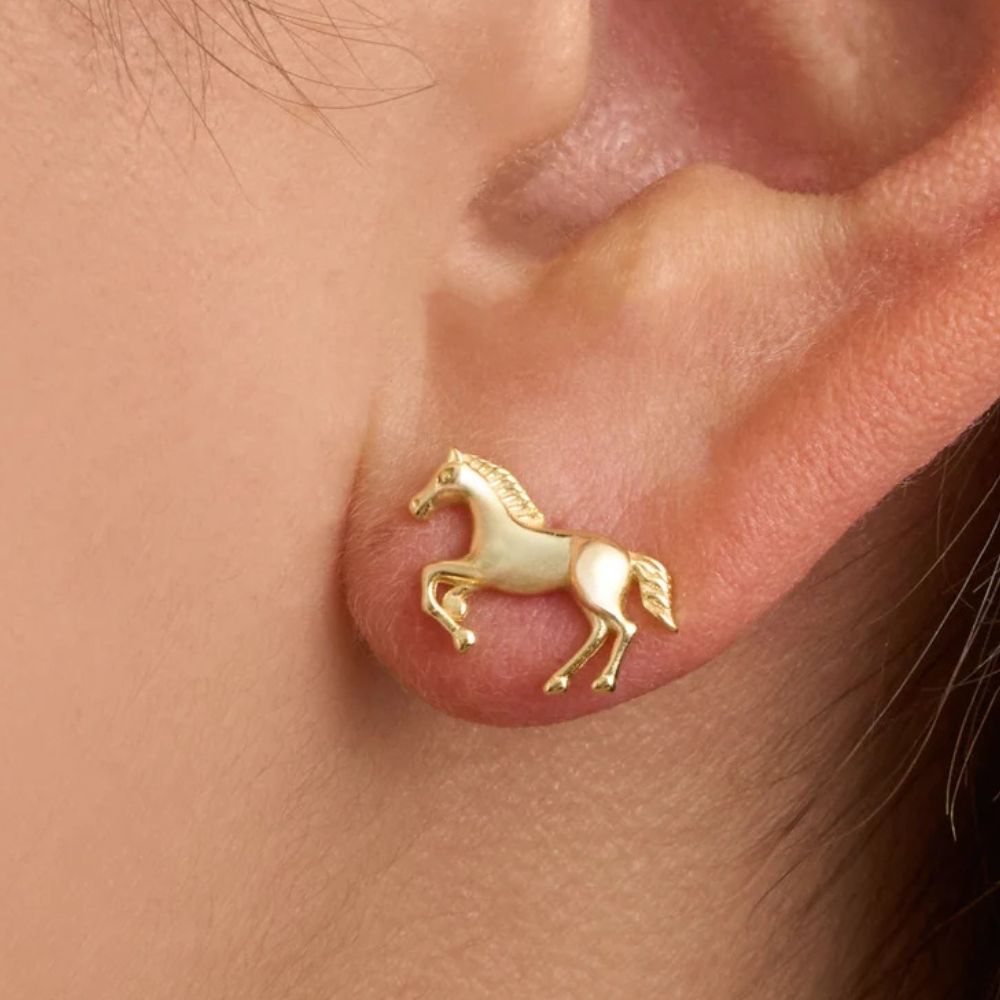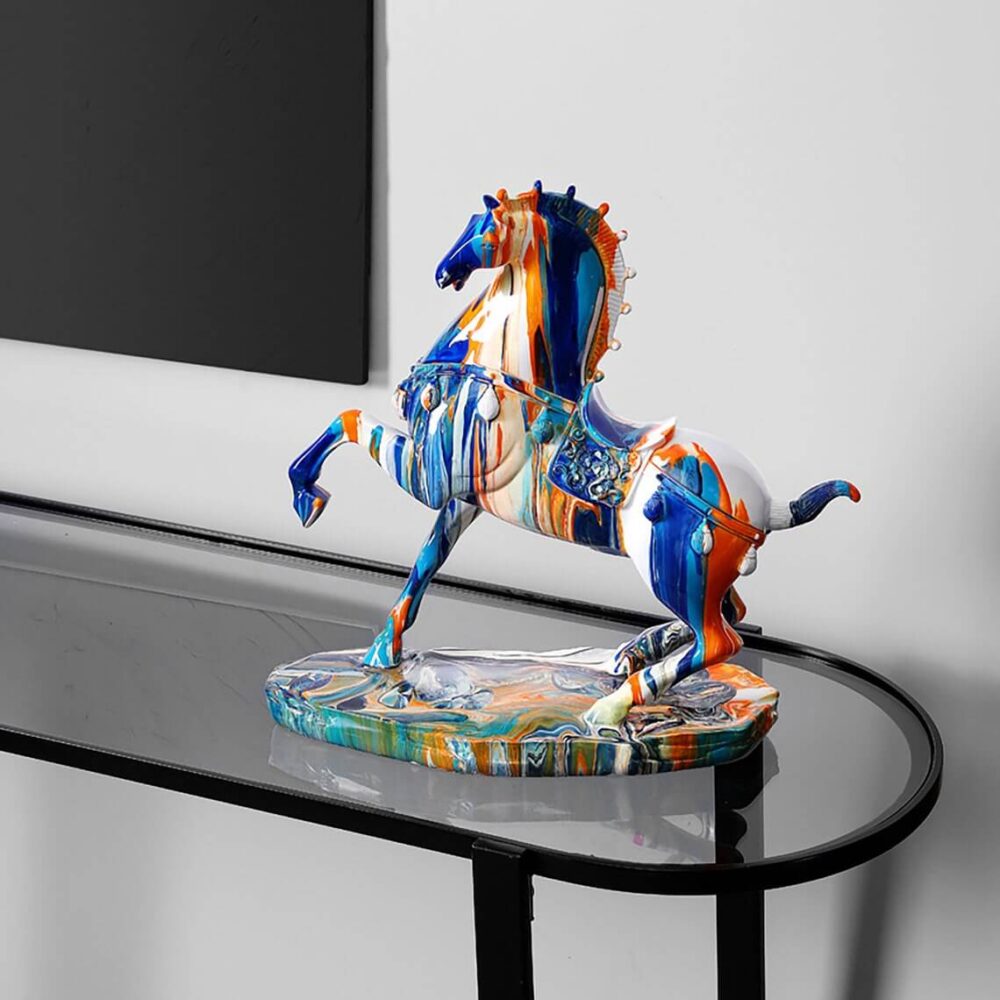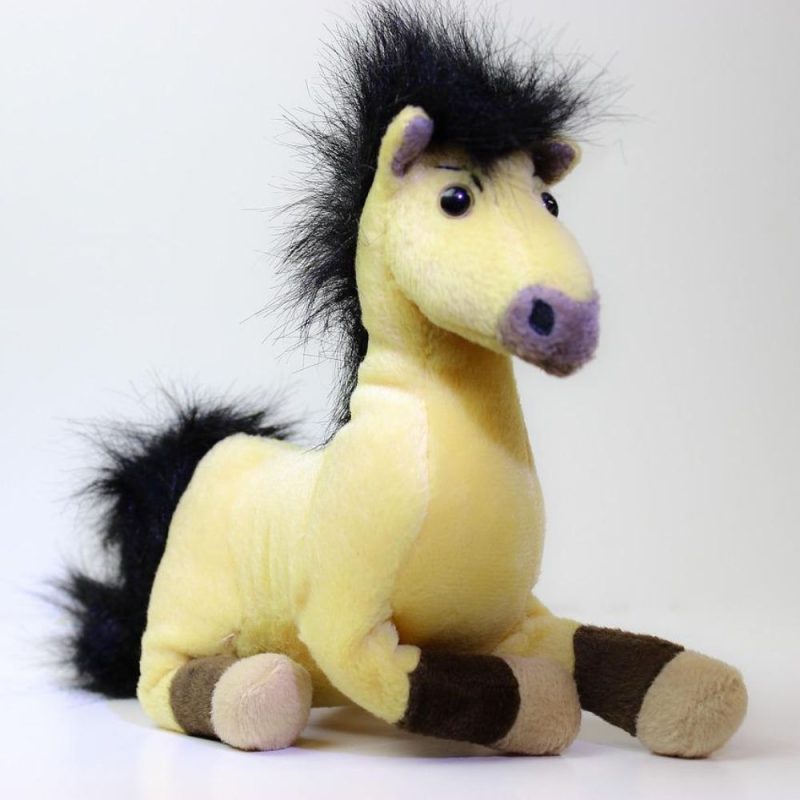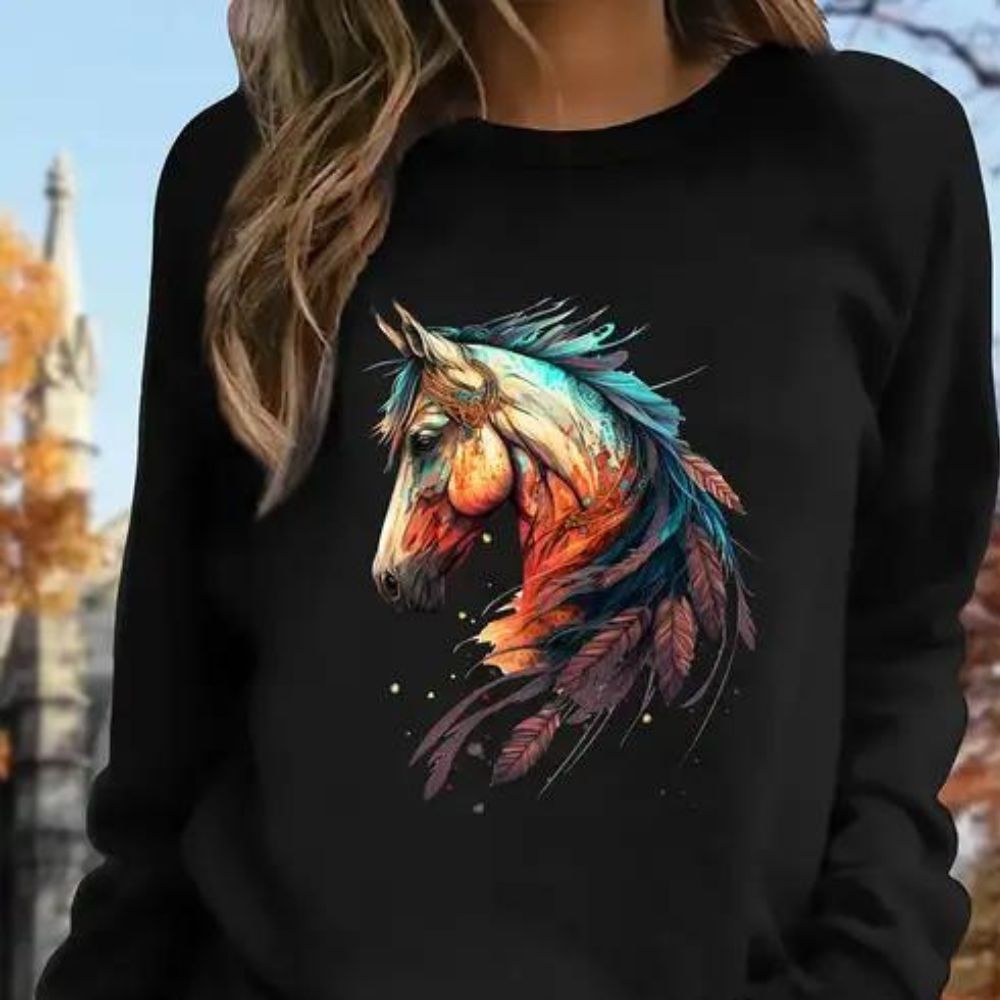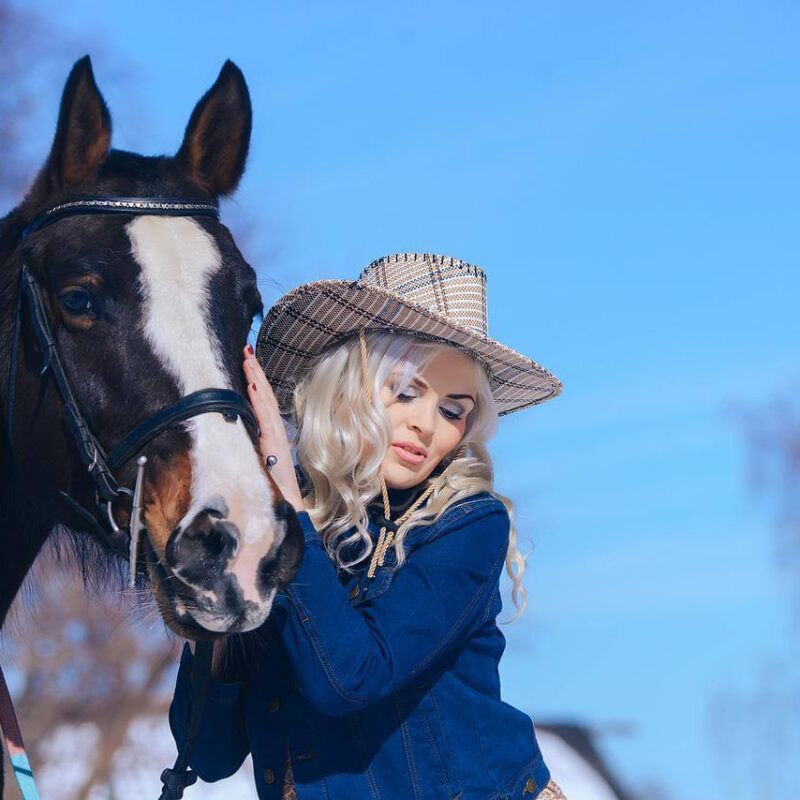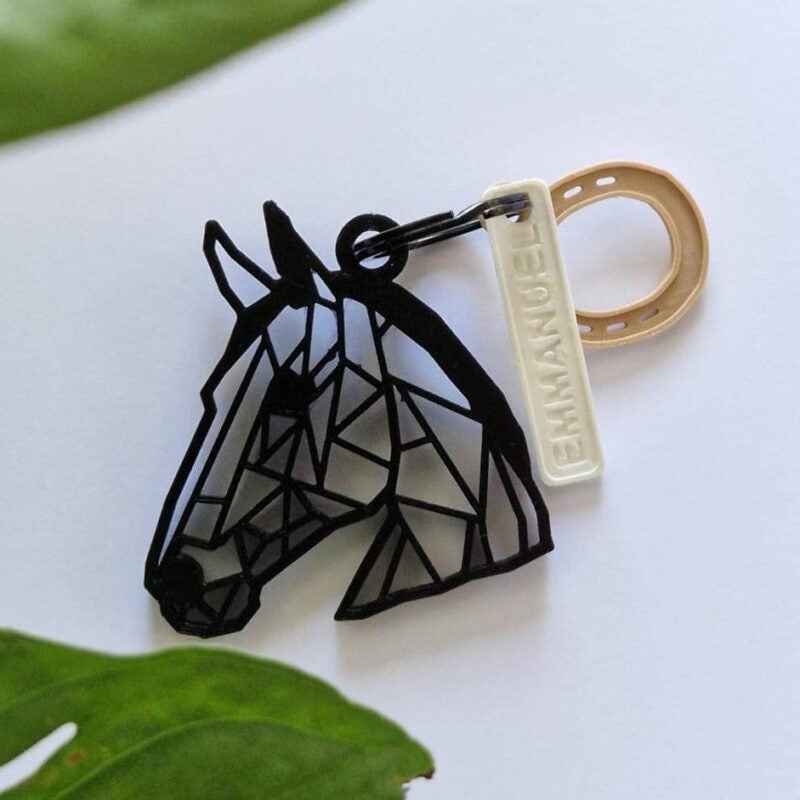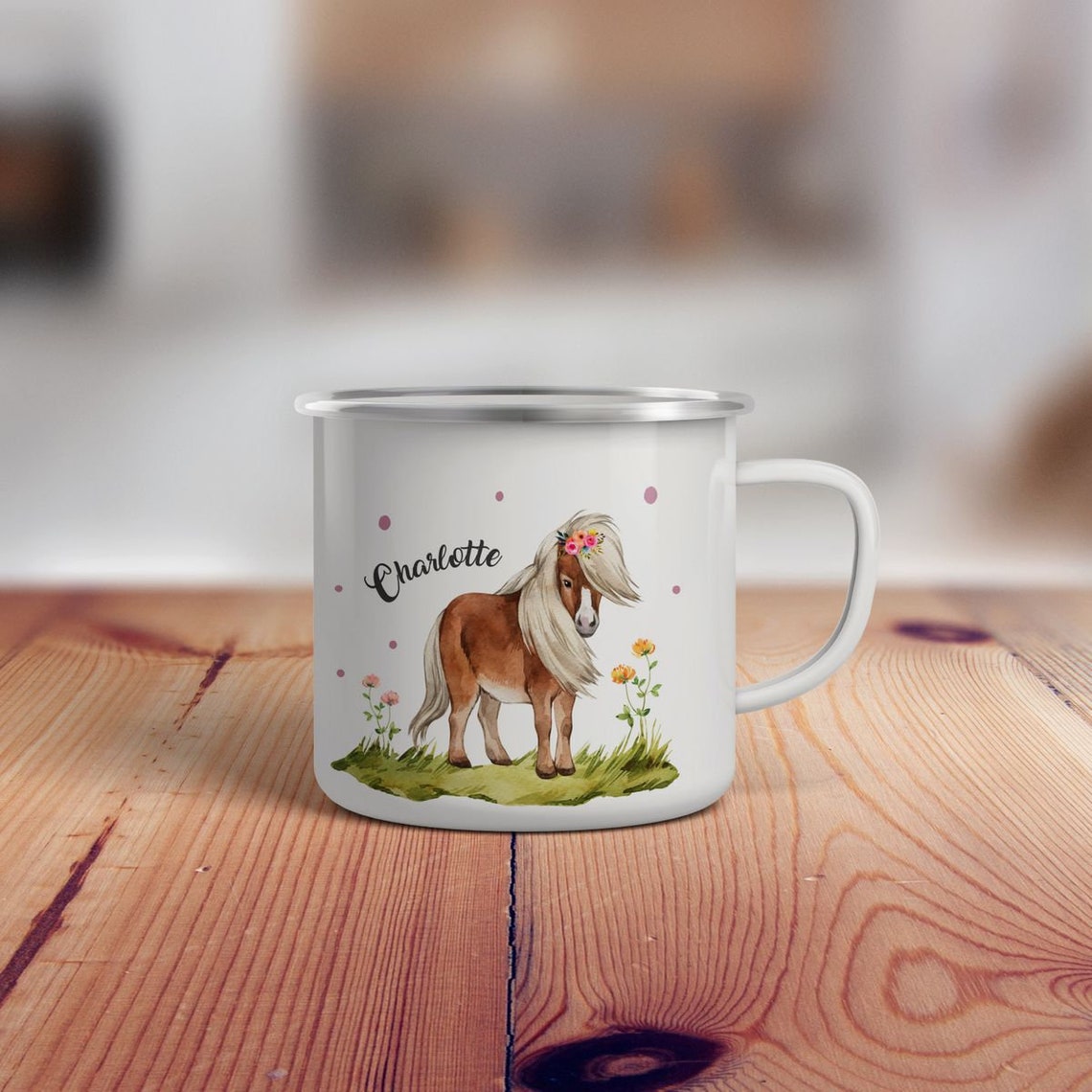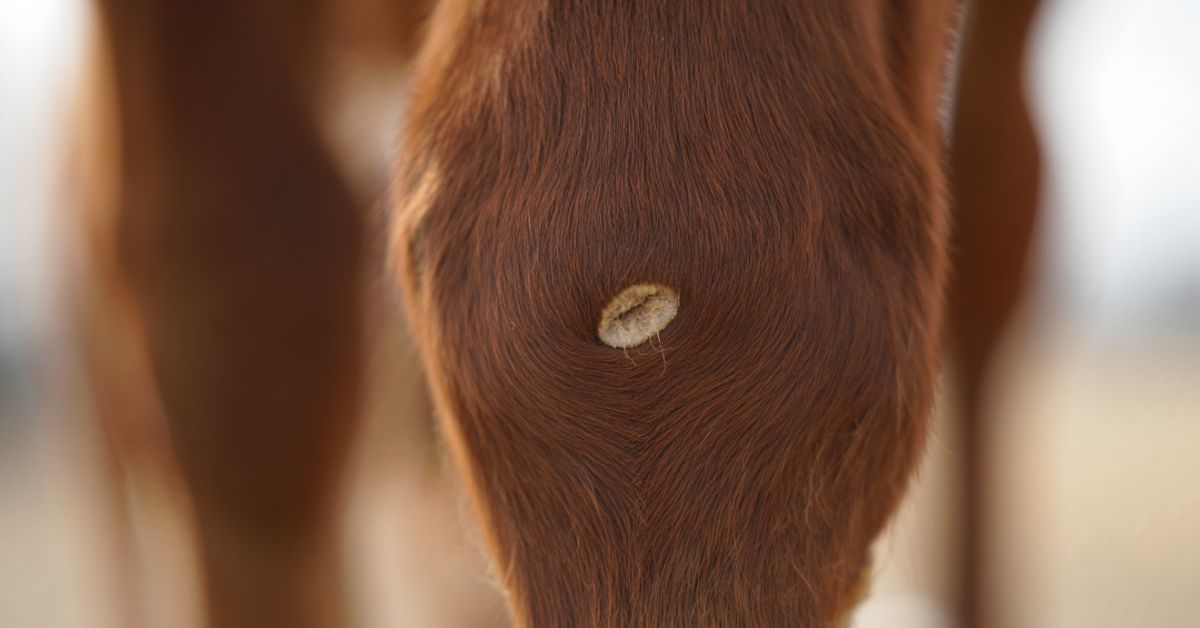
Why Do Horses Have Chestnuts: Uncovering the Mystery of These Unique Equine Features
Have you ever noticed those peculiar, oval-shaped growths on your horse's legs and wondered why do horses have chestnuts? These mysterious formations have puzzled horse enthusiasts for centuries, and understanding them is crucial for every equine lover who wants to truly appreciate their horse's anatomy.
Horse chestnuts are fascinating remnants of equine evolution - small, horny growths found on the inside of horses' legs that tell an incredible story spanning millions of years. These equine chestnuts aren't just random growths; they're actually vestigial organs in horses that once served important functions for our horses' ancient ancestors. Today, while they may seem like simple horny growths on horses, these formations provide valuable insights into horse evolutionary history and serve as unique identifiers for each individual horse. Whether you're a seasoned rider browsing our gift collections for horse lovers or a curious newcomer to the equestrian world, understanding these remarkable features will deepen your connection with these magnificent animals.
What Are Horse Chestnuts and Where Do You Find Them?
What are horse chestnuts exactly? These distinctive features are small, oval-shaped equine skin growths located on the inside of horses' legs. You'll typically find them positioned above the knee on the front legs and below the hock on the hind legs, though their exact placement can vary between individual horses.
Physical Characteristics of Horse Chestnuts
Horse chestnuts have several distinctive characteristics that make them easily recognizable:
-
Texture: They feel rough and scaly, similar to tree bark
-
Color: Usually dark brown or black, though some can be lighter
-
Size: Typically range from the size of a coin to about 2-3 inches in length
-
Shape: Generally oval or teardrop-shaped
The function of ergots and chestnuts has been debated among equine experts, but modern science tells us these are anatomical remnants from when horses had multiple toes millions of years ago.
Chestnuts vs. Ergots: Understanding the Difference
Many horse owners confuse chestnuts with ergots and chestnuts, but they're different structures. While chestnuts appear on the legs, ergots are smaller growths found at the back of the fetlock joint. Both are part of the fascinating horse leg anatomy that showcases evolutionary history.
According to Dr. Sarah Mitchell, an equine veterinarian with 20 years of experience, "Chestnuts are like fingerprints for horses - no two are exactly alike, making them excellent for identification purposes."
The Evolutionary Origins of Horse Chestnuts
Understanding horse chestnuts origin requires a journey back in time to when horses looked very different from today's magnificent creatures. These growths represent one of nature's most fascinating examples of evolutionary adaptation and change.
Ancient Horse Ancestors and Multiple Toes
Horse ancestors like Eohippus lived approximately 55 million years ago and had four toes on their front feet and three on their back feet. As horses evolved and adapted to grassland environments, they gradually lost these extra toes, developing the single hoof we see today. The chestnuts on horses' legs are believed to be remnants of these lost toes - specifically, what remains of the first digit or thumb.
From Eohippus to Modern Equus
The evolutionary journey from ancient multi-toed horses to modern Equus ferus spans millions of years:
-
55 million years ago: Eohippus with multiple toes
-
25 million years ago: Horses developed three toes
-
5 million years ago: Side toes became smaller, main toe enlarged
-
Present day: Single hoof with chestnuts as evolutionary remnants
This incredible transformation shows how evolutionary traits of horses adapted to changing environments, with horse limb evolution favoring speed and efficiency over multiple digits.
Scientific Evidence Supporting the Vestigial Theory
Recent genetic studies have provided compelling evidence supporting the theory that horse chestnuts prehistoric origins trace back to these lost digits. Research published in the Journal of Equine Veterinary Science in 2019 found genetic markers in chestnut tissue that correspond to digit formation genes found in other mammals.
"The genetic evidence strongly supports the theory that chestnuts are vestigial structures from when horses had multiple toes," explains Dr. James Thompson, lead researcher in equine evolutionary biology at the University of Kentucky.
Modern Function and Purpose of Horse Chestnuts
While horse chestnuts function may not be as critical today as it was millions of years ago, these structures still serve several important purposes in modern horses.
-
Identification purposes: Each horse's chestnuts are unique, like fingerprints
-
Scent glands: Some researchers believe they contain scent-producing cells
-
Protection: They may provide minor protection to the leg area
-
Sensory function: Possible nerve endings for environmental awareness
Chestnuts as Natural Identification
The equine chestnuts purpose in modern horse management is primarily identification. Horse registries often use chestnut patterns and shapes to verify identity, especially for valuable breeding stock and racehorses. This makes understanding normal horse anatomy crucial for proper documentation.
Potential Sensory Functions
Some equine behaviorists theorize that horse chestnuts may still retain some sensory capabilities. While not definitively proven, observations suggest horses may use these areas to gather information about their environment, similar to how other mammals use specialized skin structures.
Research from the Equine Behavior Institute in 2021 indicated that horses showed increased sensitivity around chestnut areas when exposed to certain stimuli, suggesting these vestigial toes might retain some neurological function.
Proper Horse Chestnut Care and Maintenance
Horse chestnuts care is an essential aspect of equine grooming that many horse owners overlook. Understanding when and how to maintain these structures ensures your horse's comfort and health.
-
Regular inspection during grooming sessions
-
Gentle cleaning with warm water and soft brush
-
Trimming horse chestnuts when they become excessively large
-
Monitoring for changes in size, color, or texture
-
Consulting veterinarians for unusual growths
When Should You Trim Horse Chestnuts?
Should you remove horse chestnuts is a common question among horse owners. The answer is: partial trimming yes, complete removal no. These structures should never be completely removed, as they're part of normal horse anatomy. However, they can be carefully trimmed when they become:
-
Excessively large or protruding
-
Rough enough to catch on equipment
-
Causing discomfort during movement
-
Creating hygiene issues
Professional vs. DIY Maintenance
While basic chestnut care can be performed by experienced horse owners, significant trimming horse chestnuts should be left to professionals. Farriers and veterinarians have the proper tools and expertise to safely maintain these structures without causing harm.
"I've seen too many cases where well-meaning owners accidentally injured their horses trying to remove chestnuts themselves," warns Mary Rodriguez, a certified farrier with 15 years of experience. "When in doubt, always consult a professional."
Signs of Problems to Watch For
Monitoring horse chestnuts for abnormalities is crucial for maintaining horse hoof health and overall well-being:
-
Sudden changes in size or shape
-
Bleeding or discharge
-
Distinguishing chestnuts from warts or other growths
-
Signs of infection or inflammation
-
Excessive sensitivity or pain
Common Myths and Misconceptions About Horse Chestnuts
Despite being common features of equine anatomy, numerous myths surround horse chestnuts. Let's separate fact from fiction to help horse enthusiasts better understand these fascinating structures.
Myth: Chestnuts Indicate Horse Quality
One persistent myth suggests that the size or appearance of chestnuts on horses' legs indicates the quality or breeding of the horse. This is completely false. Chestnut characteristics are individual traits that have no bearing on a horse's performance, health, or genetic quality.
Myth: All Horses Have the Same Chestnut Pattern
Another misconception is that horse leg markings including chestnuts follow standard patterns. In reality, chestnut placement, size, and shape vary significantly between individual horses, making them excellent for identification purposes.
The Truth About Chestnut Functions
Scientific explanation for chestnuts based on current research shows they're primarily vestigial structures with limited modern function. While some theories on chestnuts suggest various purposes, the primary scientifically supported role is as evolutionary remnants and identification markers.
Understanding Normal Variations
Horse skin biology creates natural variations in chestnut appearance. Factors affecting their development include:
-
Genetic inheritance patterns
-
Individual horse development
-
Environmental factors during growth
-
Horse and chestnuts and genetics interactions
The study of pathology of horse chestnuts shows that most variations are completely normal and don't indicate health problems.
Horse Chestnuts in Different Breeds and Their Significance
Different horse breeds show varying characteristics in their horse leg appendages, including chestnuts. Understanding these breed-specific traits helps owners better appreciate their horses' unique features.
Arabian Horses and Refined Chestnuts
Arabian horses typically display smaller, more refined equine skin growths compared to draft breeds. This reflects their desert origins and selective breeding for elegance and efficiency.
Draft Breeds and Robust Chestnuts
Clydesdale and other draft breeds often have larger, more prominent horny growths on horses legs. This corresponds to their overall robust build and working heritage.
Thoroughbreds and Athletic Considerations
Thoroughbred racehorses require special attention to horse chestnuts care due to their athletic demands. Racing regulations specify guidelines for chestnut maintenance to prevent interference with performance equipment.
Frequently Asked Questions About Horse Chestnuts
Why do horses have chestnuts but other animals don't?
Horse chestnuts are unique evolutionary remnants specific to equines. While other animals have their own vestigial structures, chestnuts developed specifically from the multi-toed ancestors of modern horses. This makes them distinctive markers of horse evolutionary history.
Are horse chestnuts the same as the chestnuts we eat?
No, what are horse chestnuts on horses' legs are completely different from edible chestnuts. The name similarity is coincidental - equine chestnuts are horny skin growths, while edible chestnuts are tree nuts.
Can horse chestnuts cause health problems?
Generally, normal horse anatomy includes chestnuts without health issues. However, problems can arise if they become infected, grow excessively large, or are improperly maintained. Regular horse chestnuts care prevents most complications.
Do all horses have chestnuts in the same places?
While most horses have chestnuts on horses' legs in similar locations, individual variations exist. Some horses may have chestnuts only on front legs, while others have them on all four legs. This variation is part of normal equine anatomy.
Should I be concerned if my horse's chestnuts change appearance?
Gradual changes in horse chestnuts are normal as horses age. However, sudden changes in size, color, texture, or if they become painful, warrant veterinary examination. Understanding horse leg anatomy helps owners identify when changes are concerning.
This comprehensive guide helps horse enthusiasts understand these fascinating evolutionary remnants while ensuring proper care for their beloved equines. Whether you're shopping for unique equestrian jewelry in our collections or seeking to deepen your knowledge of horse anatomy, understanding chestnuts enriches your connection with these magnificent animals. 🐴✨








